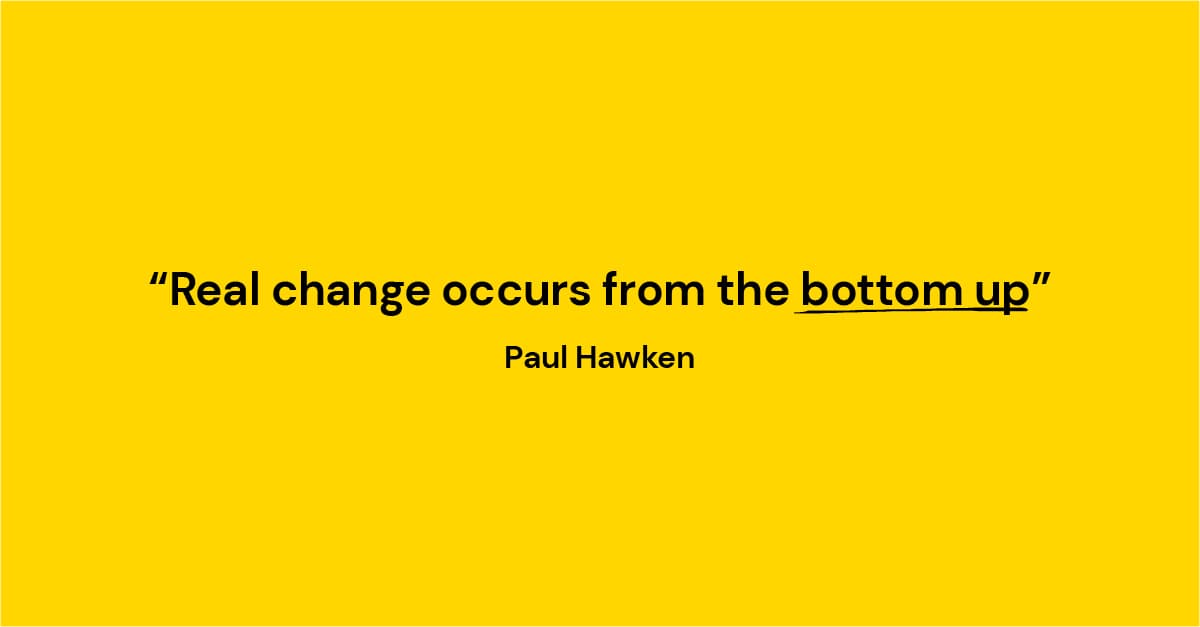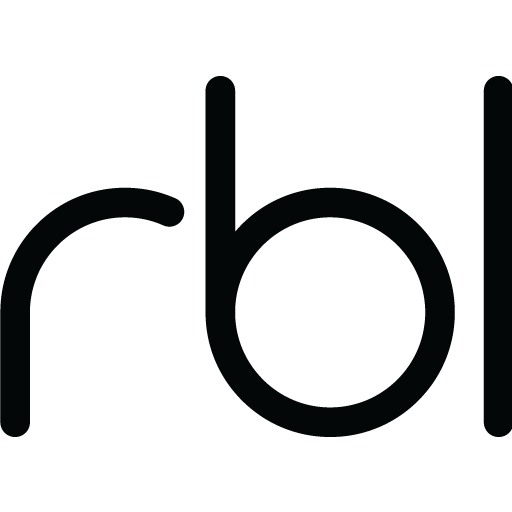We’ve seen brand projects transform organisations from the inside out.
Starting from the outside, we’ve seen outcomes such as:
- Pipeline +$240 million
- Awareness +33%
- Fundraising +171%
And we’ve heard how these projects have impacted how employees see themselves and show up in the world, provided renewed confidence and ambition, and uncovered insight to navigate critical challenges.
But on the surface, “transformation” sounds like an empty promise.
Software companies, accountants, and consultants sell transformation and often provide something more modest.
Here’s how brand delivers on this.
To borrow an idea from Winston Churchill,
“First we shape our [brand] and then our [brand] shapes us.”
After you create a brand it changes the way you see yourself. The way you talk about yourself. The way you approach challenges.
It does this by embedding identity, purpose, and your business strategy, into your organisation, in a way that a memo or a meeting never could.
Keep reading for the three essentials of transformative brand projects.
1. Identity Discovery
Most of the time, brand is never questioned. It’s the furniture. The architecture. And it shapes the way we see things – unintentionally.
Successful brand projects go upstream, to unspoken culture, history, and beliefs. To identify these elements requires reflection and candour from stakeholders throughout the organisation.
This provides the raw material for a powerful brand project. Because brand is not created out of nothing. If it’s going to transform the organisation it needs to start with what’s there.
Why? Two reasons: distinctiveness and buy-in.
Distinctiveness helps you create a unique identity in the marketplace. And it comes from who you are.
As we’ve noted before, many brand assets have poor recall. This happens when the rebrand doesn’t start with a deep-dive into the brand as it currently is. In this case, a new visual identity is applied to the brand, not drawn out of it.
You only develop distinctiveness if your brand starts with who you are, extract this, then develop a brand identity system out of it. The results of this process are uniqueness, authenticity, and distinctiveness.
Buy-in happens when the new brand is developed in collaboration with the voices and perspectives of everyone within the organisation.
While brand can be dictated from the top, environmental activist Paul Hawken points out,
“Real change occurs from the bottom up; it occurs person to person, and it almost always occurs in small groups and locales and then bubbles up and aggregates to larger vectors of change.”
Transformation is achieved when it starts at the individual level and coalesces at those larger vectors.
Sure, you could change the logo with sign-off from the exec team, but this wouldn’t get the buy-in needed for greater resonance and impact.

Once you’ve identified the core of who you are it’s time to explore what you want to achieve in the world.
2. Find Your Purpose
When you talk about brand purpose, it doesn’t have to be about stopping the ocean from boiling. It should be about what your organisation is there to do.
Why does your organisation exist? what is your purpose in the marketplace?

Purpose-led marketing has been getting a kicking recently, after a few years in the spotlight.
An early example of this is an article from Marketing Week from January 2021 about fund manager Terry Smith’s criticism of Unilever for it’s focus on purpose. He said:
“A company which feels it has to define the purpose of Hellmann’s mayonnaise has in our view clearly lost the plot. The Hellmann’s brand has existed since 1913, so we would guess that by now consumers have figured out its purpose (spoiler alert — salads and sandwiches).”
While Terry has a point (mayo can’t change the world), purpose is important.
While it doesn’t need to be life-changing it should give people something to aim for.
Purpose puts each person’s contribution into context. It turns individual enthusiasm into a collective mission.
The next step is to tell them how you’ll get there.
3. Stick and Land Your Strategy
Most businesses have a strategy. The problem is no one knows what it is.
Employees’ days are shaped by urgent issues rather than a 100-page business strategy document.
That is why brand can be so transformative.
It can bring your business strategy out of the board room and into the day-to-day interactions and mindset of your entire organisation, from the executive office to shop floor.
Here are two relatable examples:
As M&S faced declining sales in 2016 they repositioned to focus on quality, then in 2022 put a finer point on it with “anything but ordinary”. This has led to a positive impact on their financial performance. The strategy was implemented commercially when they reduced product lines to increase focus on stand-out clothing pieces. But it showed up in human ways in the form of excellent customer service from black-shirted employees.
In 2022, Pret a Manger needed to shift focus from the city, which was seeing less footfall, to more suburban and rural areas. They rebranded with a new identity around “fresh, contemporary and distinctive” which resonated as much in the countryside as the city. This came through in everything from their ingredients, packaging, and in-store experience as it shaped their procurement and hiring process.
These examples show how the brand brings the business strategy to life, in store, in the messaging, and the customer experience.
One-off meetings and emails struggle to do this.
Brand, rolled out as a visual and verbal identity system, is the most effective way to integrate your business strategy into the daily operations of your business and accomplish meaningful change.
Conclusion
One of the things that we often hear during the process of a brand project is just how transformational it was – often in ways that the client didn’t expect. They expected a visual refresh, but the full impact of a full brand review is hard to anticipate.
When you take a step back, and start asking bigger questions, you get more profound answers. Those answers don’t just stay on a slide deck. Your identity, purpose, and strategy get traction in the day-to-day activity of your organisation through your visual identity system.
As this is applied to every touchpoint of your business, it starts to define you. First, you shape it, then it shapes you.
That’s how transformation happens through brand. By baking identity, purpose, and strategy into the foundation of your organisation.
See more pointers from our strategic brand experts.
Watch the video ‘Are you ready for a strategic rebrand?’ here.
Has your marketplace changed? Have you changed? Think you are ready for a rebrand?
Call our Growth Director Karen Newbold for an informal chat on 01926 678368 (karen@rblteam.com)





